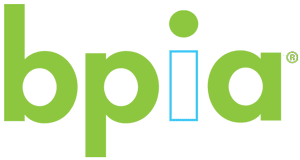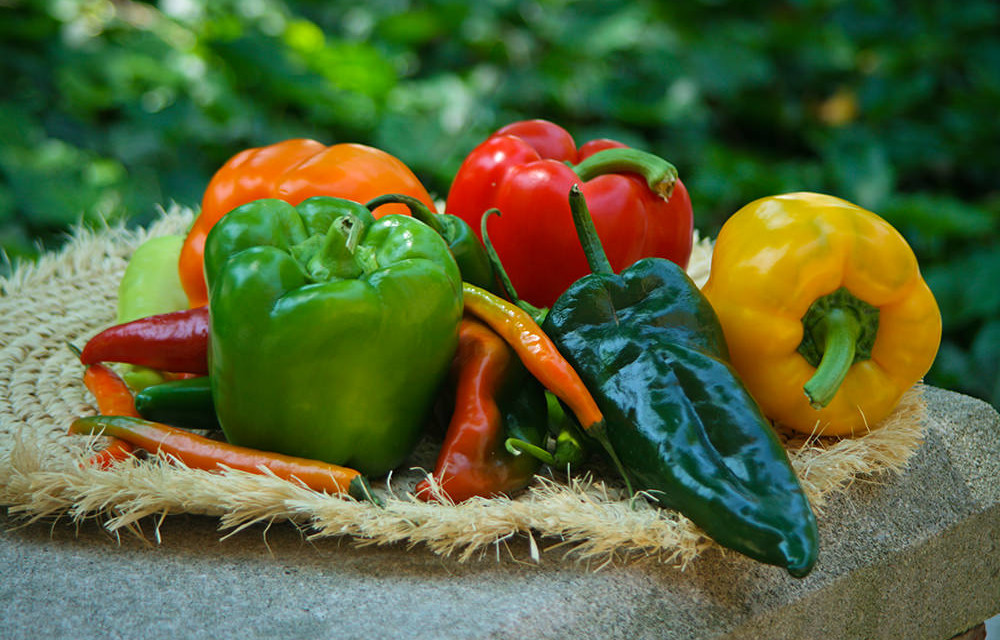Driven in part by societal concerns and in part by regulations, the bio-pesticides market, once a domain of a niche specialty for organic fruit, greenhouse, and environmentally sensitive homeowner uses, is emerging to a much broader scope, according to AgProfessional.com.
In 2014, the market grew rapidly, posting double-digit growth, according to the recently published Global Biologicals: An Overview of Natural and Microbial Pesticides report by global market research and consulting firm, Kline. The company uses a wide definition of biologicals in compiling its totals.
At $1.6 billion, the biological segment of the market is still less than 5 percent of the global crop protection industry, but is projected to increase its share over the next 10 years. All countries are projected to grow in the double digits or high single digits during this period. The main driver behind current growth is the advent of microbial seed treatments on field crops, such as corn, soybeans, and cotton.
Microbials are growing faster due to the high use in the field crop seed treatment. The field crop use of biologicals has grown from a barely measurable position to the leading segment in end user value in the past decade, now accounting for approximately 34 percent of the total biologicals market. Vegetables rank second.
The high growth rate for field crops is based on the potential for expanding biological seed treatments further into soybeans and cotton. Field crops and consumer segments offer opportunities for manufacturers due to the receptivity to alternatives if performance can be documented, and the resources of manufacturers to influence behavior.
Biologicals are much more fragmented in terms of products and companies than the traditional crop protection chemical segment. Kline identifies over 150 companies with measurable market shares across the nine countries surveyed. The top 48 companies, mainly smaller specialized firms, only account for 60 percent of the biological market, offering plenty of room for consolidation.
In addition, the entrance into the market by Bayer and BASF through acquisition tends to legitimize the category. Bayer is now the leading identifiable supplier of biologicals globally. The Sumitomo subsidiary Valent BioSciences has had a long-term presence in the sector, ranking a distant second. Many others are showing signs of interest.
Dennis Fugate, industry manager of Kline’s Agriculture/Specialty Pesticides Practice, states, “Kline defines biologicals based on regulatory definitions, which means that the category includes microbials, biochemicals such as fatty acids, plant extracts such as pyrethrum, and natural substances such as diatomaceous earth. So it is a broader definition than is often used. In addition to crop markets, Kline’s report includes non-crop market segments, such as consumer over-the-counter, pest control, turf, and forestry; segments not often covered in this type of reporting.”
This report focuses on biologicals that have direct pesticidal activity. The primary categories of biologicals as defined in this report are bacteria, protozoa, yeasts, fungi, bacteriaphages, and plant extracts, chemical biologicals, physical barriers and abrasives. This report provides profiles of the companies involved in biologicals, the products and uses these companies have developed, the approximate market sizes by end-use crop and non-crop, plus an outlook for future technologies and products that are being developed.


